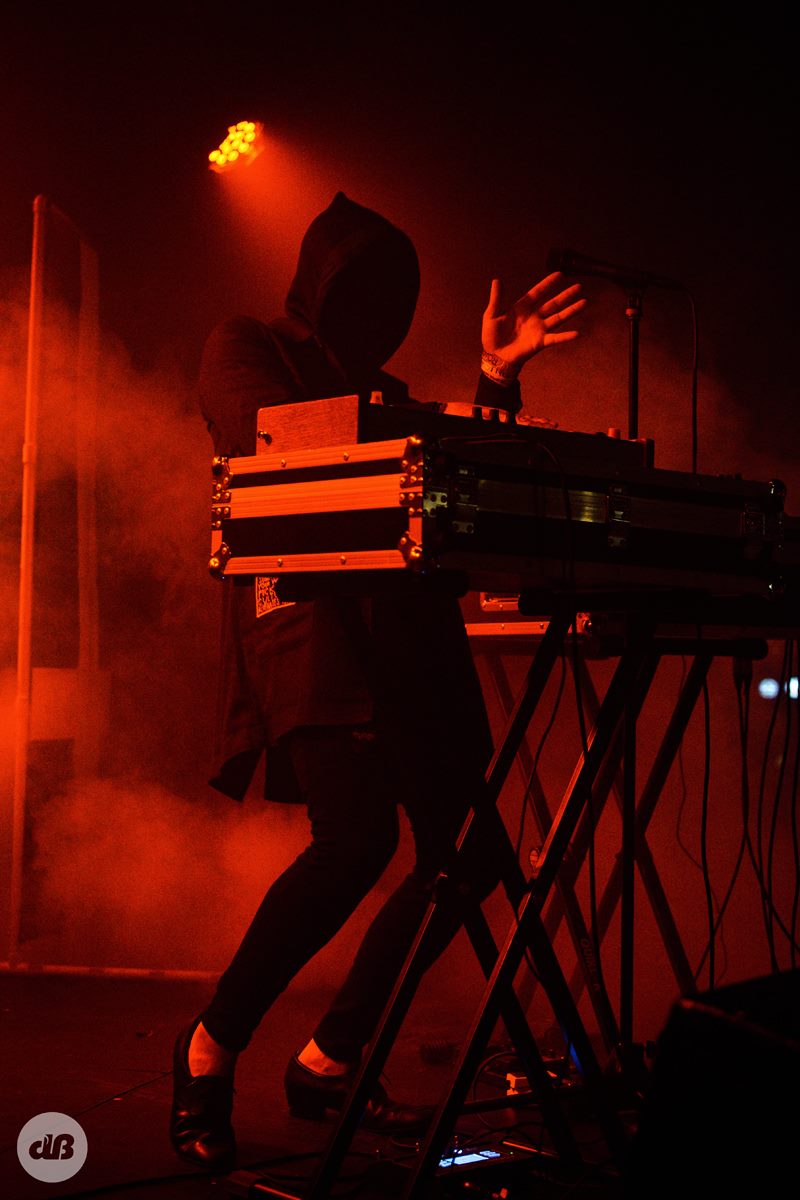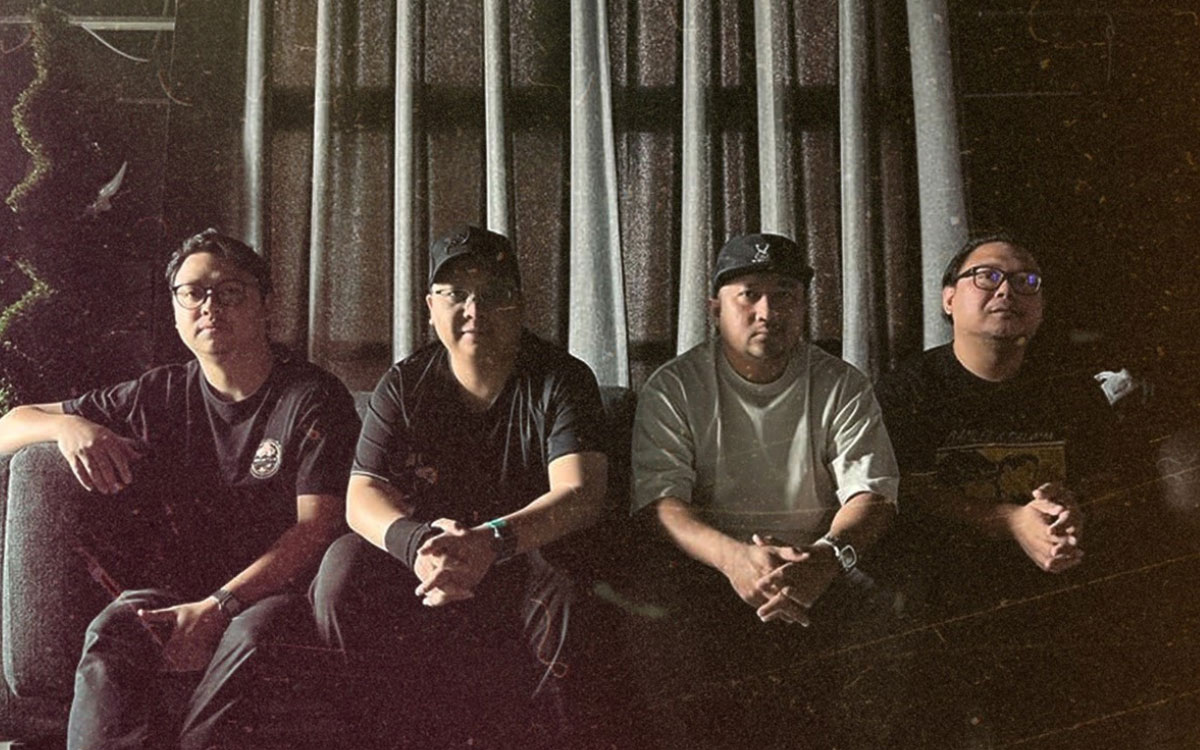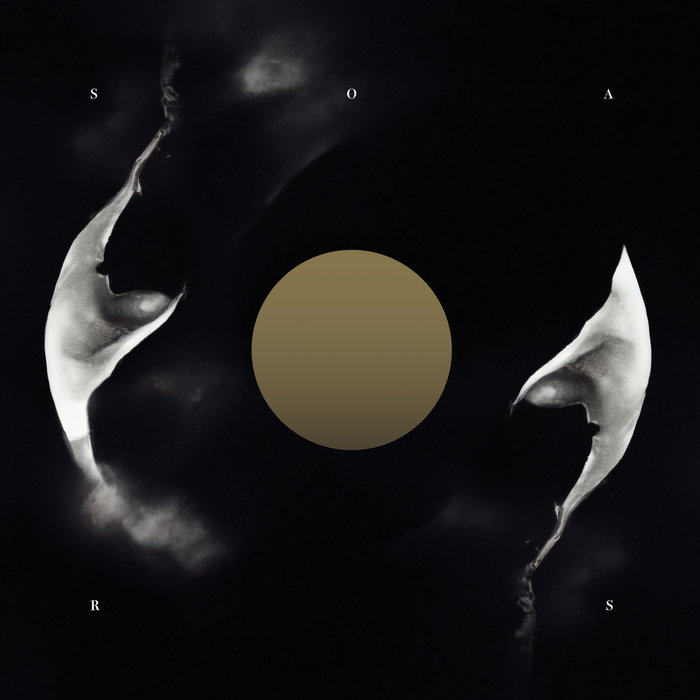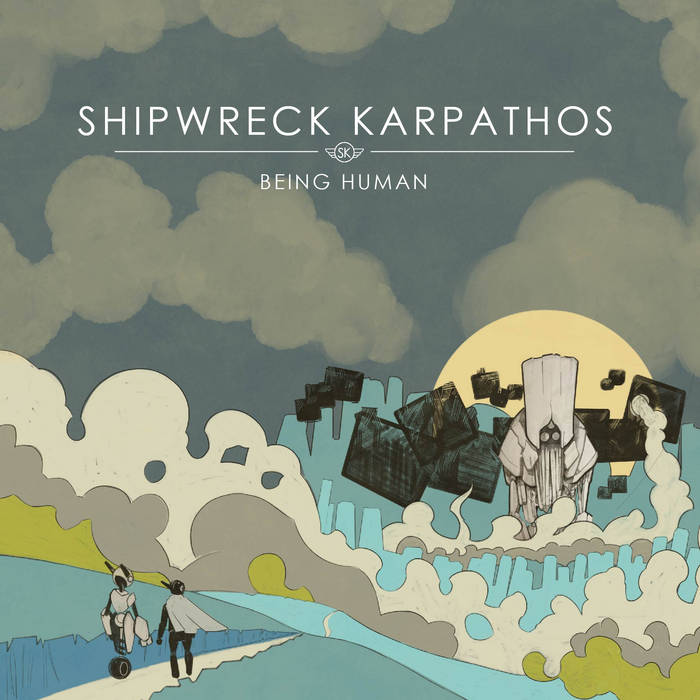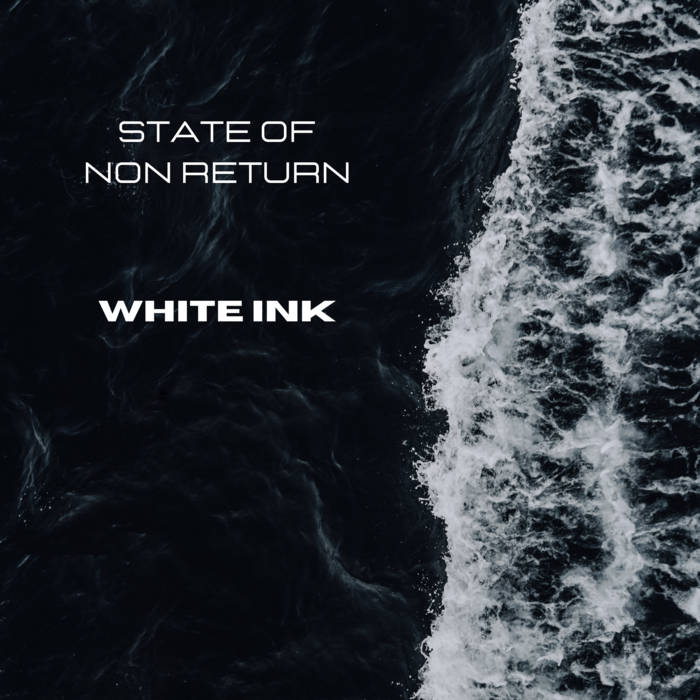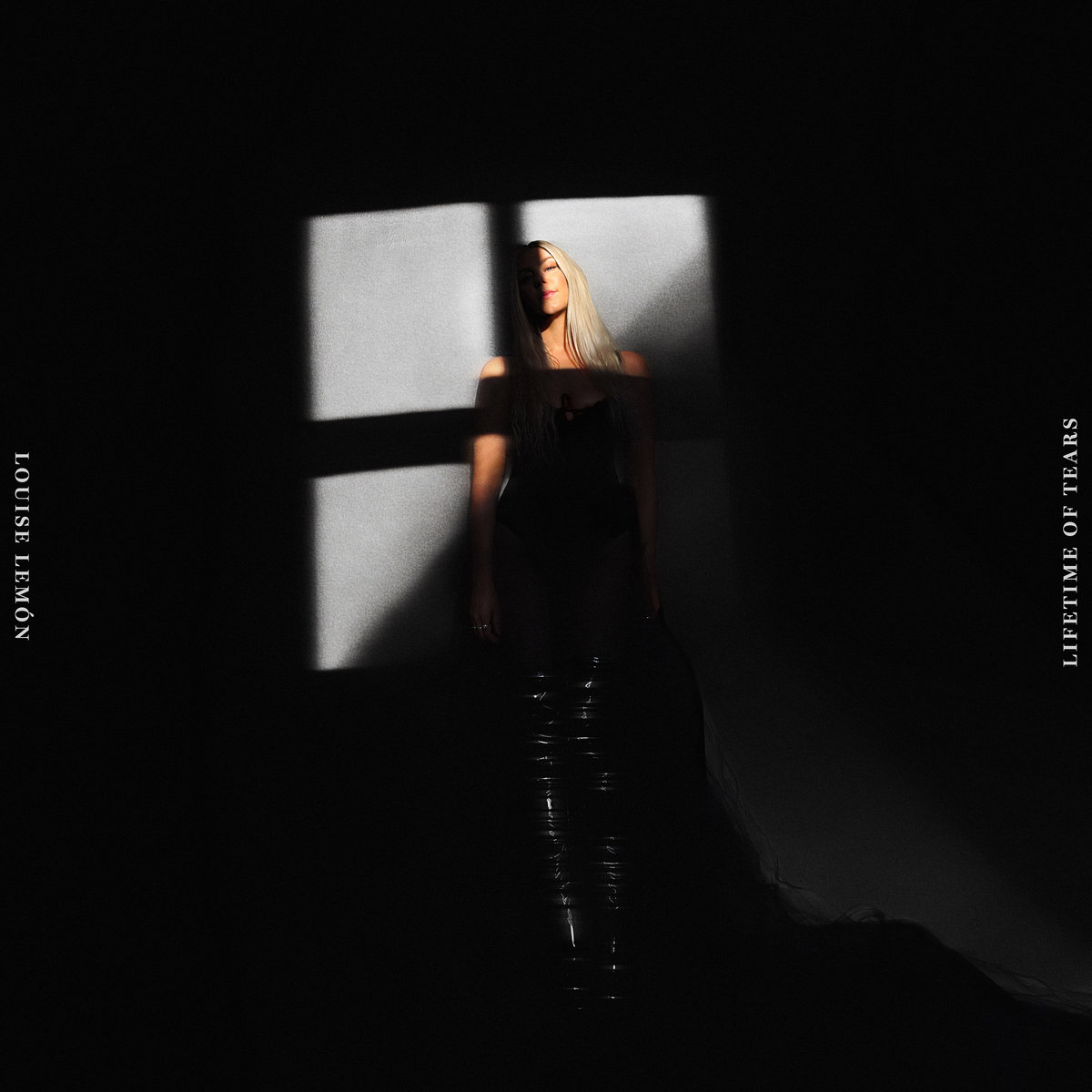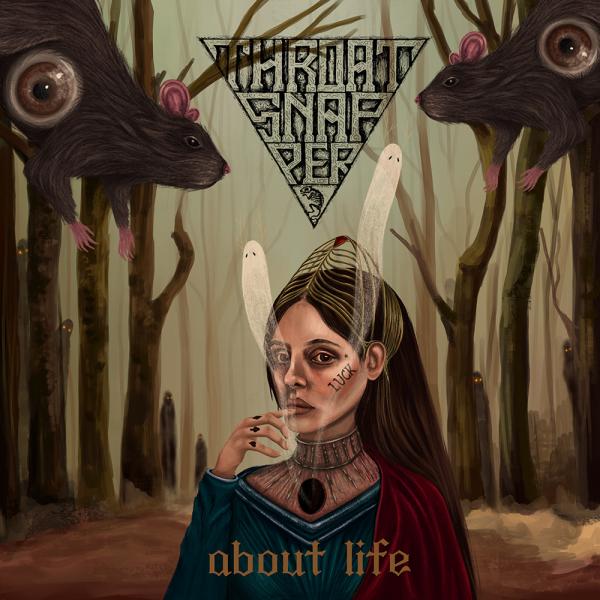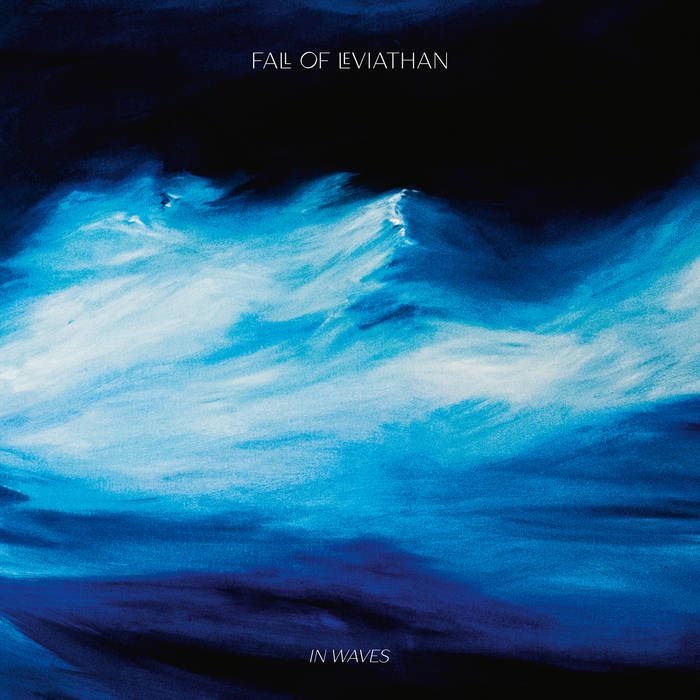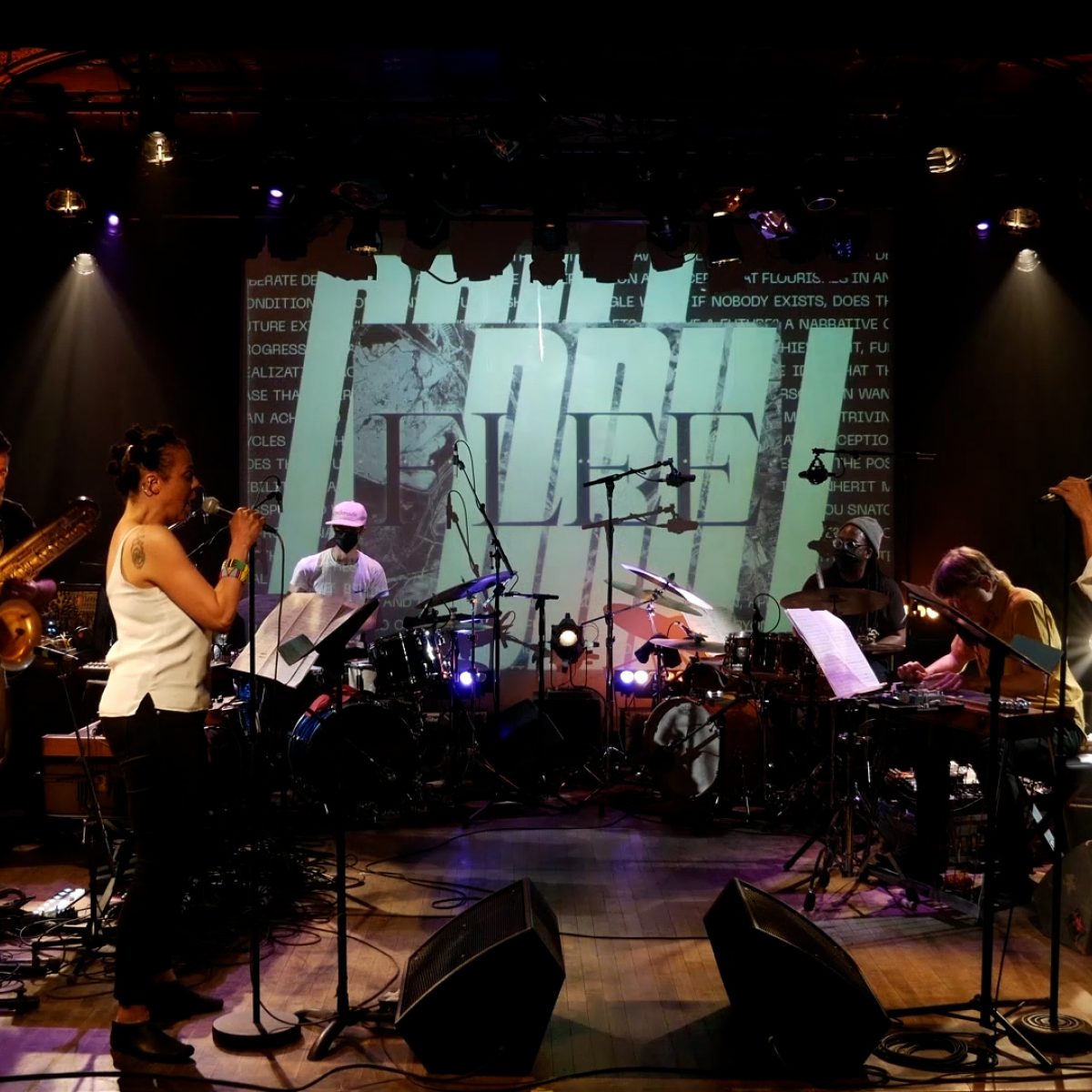A flow of unhurried contemplative music through subtle misty, sometimes elusive, sonics. The cascades of distorted, yet translucent crescendos. The omnipresent timbre of glimmering melodic Post-Rock. All of that and more is fused into the ten tracks on the astounding second full-length from this musical collective.
As the founders of the band, the Northern Irish-born, but now Liverpool-based Patrick Blaney and Dara Tohill, have said in connection with this release, the personnel changes have been multiple and A Burial at Sea has developed into a collective of close-knit musicians. Nevertheless, they have composed and orchestrated what must be seen as a masterpiece and landmark in the Post-Rock genre. The musical inspiration for this album has been the places they grew up in and the people they grew up with. Through this inspiration and with the help of fellow musicians, they have created an album where the music is sometimes dreamlike letting memories flow, and also cinematic with elusive mist drifting along.
Even in the surging crescendos, there is a dreamlike or elusive sense as you as a listener are taken through deeply felt emotive musical themes. The composers manage to turn their memories into a universal musical expression with their take on the Post-Rock genre with swelling, passionate crescendos and equally emotional mellow parts. As a listener on this musical journey, you follow the swell to the top crest with the sun in your face and the tailwind on your back as you wait to be rushed further on into unexpected musical avenues.
The opening track sets the tone for the album. “páirc béal uisce” opens with Ambient sounds resembling a distant fog horn. The vision of a soft mist flowing through the coastline before the landscape becomes clearer as the sound pans out with a clean guitar and the drums driving the sound. The sounds flow towards a dreamy timbre that fuses all the instruments into shimmering instrumental Post-Rock. A guitar holds the distinct theme intact and even if the drums are energetic and diverse, the sonics are ethereal and delicate even when the translucent crescendo begins to swell with guitars and synths rising to form a captive melodic theme in its mids.
The second song ”tor head” shows they are no strangers to heaviness as the opening is thundering, dense, and distorted. But it changes direction and the track is hushed in the middle with only a reflective strumming guitar. The surge back to heavy riffs is accompanied by the drums as it rushes to a cavernous crescendo immersing a dissonant guitar. They continue the nods to heaviness on ”down to the floor” with a hint of fuzz on the rhythm guitar. The track turns around again and opens up a delightful part where the clean guitars are frisky and prepare for the melting peak while the bass grooves the way for the recurring melody.
Each musical genre has its template that the musicians use to build their musical expressions upon and explore from different angles from. Some acts like A Burial at Sea make magical contradictions when the dense distortion is mixed with Ambient elements and subtle elongated acoustic parts. On ”objects of the house” there is even a sublime vocalizing from a distant choir. This inventive vision is one of their trademarks, and another one, of course, is how a trumpet is immersed in the music they make. The way that it is done on the previous and this one, makes the trumpet an essential part of the timbre of their music.
On ”Hy-Brasil” there is a moment when the drums pick up speed and a glimmering guitar begins to spin getting ready for the trumpet. The sonics change to a dreamlike softness as the trumpet plays elongated melodic themes. The trumpet disappears and once more Post-Rock guitars swirl towards a surging crescendo immersing prolonged melodies from the trumpet. It is quite impressive, and that sense of witnessing a genre-defining record in front of your eyes continues on other tracks like ”NEW old” where at first the rhythm section deepens the sound with a steady rhythm and the bass finds the melody. The music glides like a dense fog over the moors until it is penetrated by the rays of a sparkling high-pitched guitar. The trumpet rises and a layer of tranquility is induced before a crescendo with repetitive drums and elongated bass.
”DALL” closes this multifaceted album by combining the trumpet with a saxophone thus inducing a sense of experimental Jazz while also creating one of the most beautiful climaxes heard in a long time. A powerful bass drum opens the track before distorted guitars appear in the foreground. The music swells as the trumpets lift the song before sinking back into a wide electronic soundscape. The elongated tones from the trumpet are met by drums, bass, and low-end prolonged saxophone. The horn sections glides together into foggy sonics. For me, it is astonishing how the latter are very similar to those on of Dis, the 1976 album by the Norwegian saxophonist Jan Garbarek. This audible memory just flickers by as A Burial at Sea continue to prepare for the swelling crescendo where all the instruments are fused to almost elevate you into euphoria. Then it fades away with instruments sounding as if long waves are hitting a shore somewhere.
To sum up the album, I paraphrase something that was said by the voice over in the Netflix documentary The Greatest Night in Pop: ”Music is a strange animal. You cannot touch music, you cannot eat it, you cannot smell it. It is just there. Spiritual energy.”



